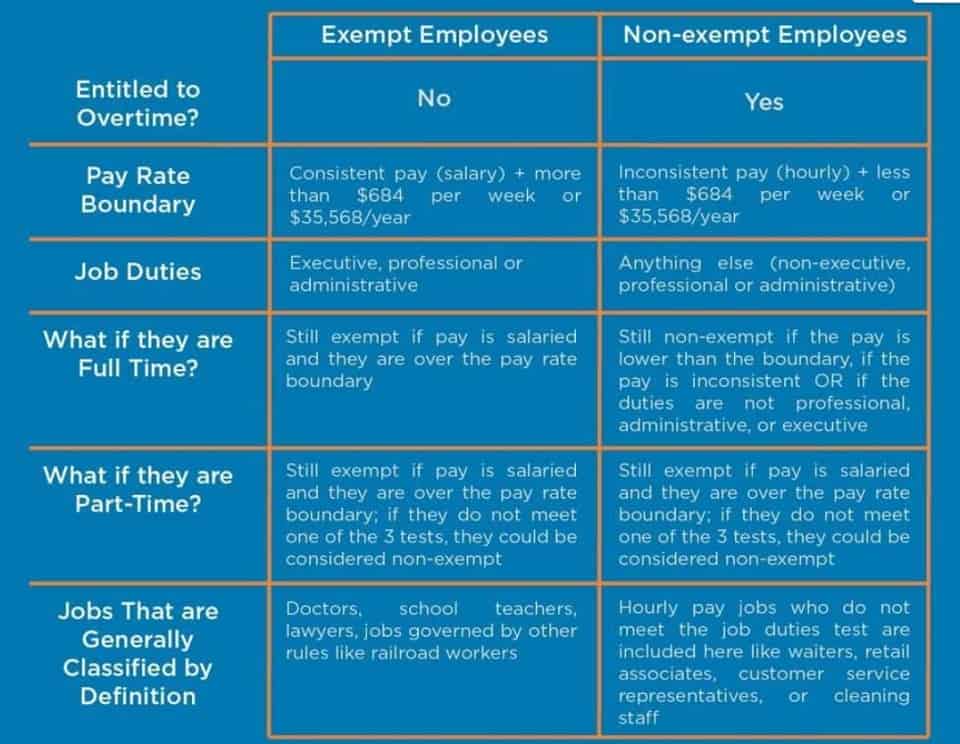
Allocate any remaining basis increase among all the properties in proportion to their respective FMVs. If the issue price (adjusted for any premium or discount) of the debt exceeds its FMV when distributed, the partner may have to include the excess amount in income as canceled debt. For exceptions to these rules, see Distribution of partner’s debt and Net precontribution gain, later. Also, see Payments for Unrealized Receivables and Inventory Items under Disposition of Partner’s Interest, later.
Partnership accounts
Accounting Treatment Salary or commission to a partner being an appropriation of profit so transferred to the debit side of the Profit and Loss Appropriation account and not in Profit and Loss Account. The profit for the year to 30 June 20X3 has been calculated to be $128,900. You should note that this includes deductions for the partners’ salaries. Go to IRS.gov/Account to securely access information about your federal tax account.
Consider how you want to raise capital
Under the partnership agreement, they share all partnership profits and losses equally. The partnership borrows $60,000 and purchases depreciable business equipment. This debt is included in the partners’ basis in the partnership because incurring it creates an additional $60,000 of basis in the partnership’s depreciable property. If spouses carry on a business together and share in the profits and losses, they may be partners whether or not they have a formal partnership agreement.
Allocation of net income

The statement of cash flows tracks the inflows and outflows of cash, revealing the partnership’s liquidity and cash management practices. Together, these financial statements form a comprehensive picture of the partnership’s financial performance, enabling partners to monitor progress, identify trends, and make strategic decisions. A partnership is a type of business organizational structure where the owners have unlimited personal liability for the business. The owners share in the profits (and losses) generated by the business. There may also be limited partners in the business who do not engage in day-to-day decision making, and whose losses are limited to the amount of their investments in it; in this case, a general partner runs the business on a day-to-day basis.
- Interests of Partner A and Partner B will be reduced from 50% each to 33.3% each.
- Use the following rules to allocate any basis decrease required in rule (1) or rule (2), earlier.
- In addition to reporting the long-term capital gain of $55,000 on Schedule D (Form 1040), line 12, Taxpayer M reports on Form 8949, Part I, line 1, a short-term capital gain of $35,000, and on Part II, line 1, a long-term capital loss of ($35,000).
- This can lead to complex tax situations, especially if the partners are in different tax brackets or if the partnership operates in multiple jurisdictions.
- Recall that each partner is jointly and severally liable for all the debts of the partnership, meaning each partner is personally liable for these obligations.
- A loan is not part of the partner’s capital, and the loan is treated in the same way as a loan from a third party.
Do you already work with a financial advisor?
Only a partner’s contributions to the partnership are subject to legal claims—not their personal assets. A partnership can elect out of the centralized partnership audit regime for a tax year if the partnership is an eligible partnership that year. A partnership is an eligible partnership for a tax year if it has 100 or fewer eligible partners.
Key differences between partnership vs. corporation

While the business entity concept means that we differentiate between the owners and the business for accounting purposes, there are no legal differences. Under the centralized partnership audit regime, partnerships partnership accounting definition are required to designate a partnership representative. The partnership representative will have the sole authority to act on behalf of the partnership under the centralized partnership audit regime.
- They are also listed on Schedules K and K-1 of the partnership return.
- The fastest way to receive a tax refund is to file electronically and choose direct deposit, which securely and electronically transfers your refund directly into your financial account.
- Their personal assets are subject to legal claims against the partnership.
- Another point to remember is that the ‘appropriation account’ is an additional accounting statement that is required for a partnership.

Unless otherwise stated in a partnership agreement, each partner has equal interest and shares in the decision-making process, regardless of the amount of money they initially contribute to the partnership. Partnership accounts require the use of a statement of division of profit (profit and loss appropriation account). This is the account to which profit is transferred from the income statement. The amounts due to each partner in respect of salaries, interest on capital, interest on drawings and residual profit are then transferred from this account to the current account. It is more likely that exam questions will require candidates to calculate and account for appropriations of profit according to the terms of the partnership agreement. A key point to remember is that as in a sole trader’s accounts, any amounts actually paid to the owners (whether in cash or in kind) should be treated as drawings.
Partnership: Definition, How It Works, Taxation, and Types
A’s husband, AH, is the sole beneficiary of Trust T. Trust T’s partnership interest will be attributed to AH only for the purpose of further attributing the interest to A. This means that any deduction for losses on transactions between her and ABT will not be allowed, and gain from property that in the hands of the transferee is not a capital asset is treated as ordinary, rather than capital, gain. To determine if there is more than 50% ownership in partnership capital or profits, the following rules apply.

